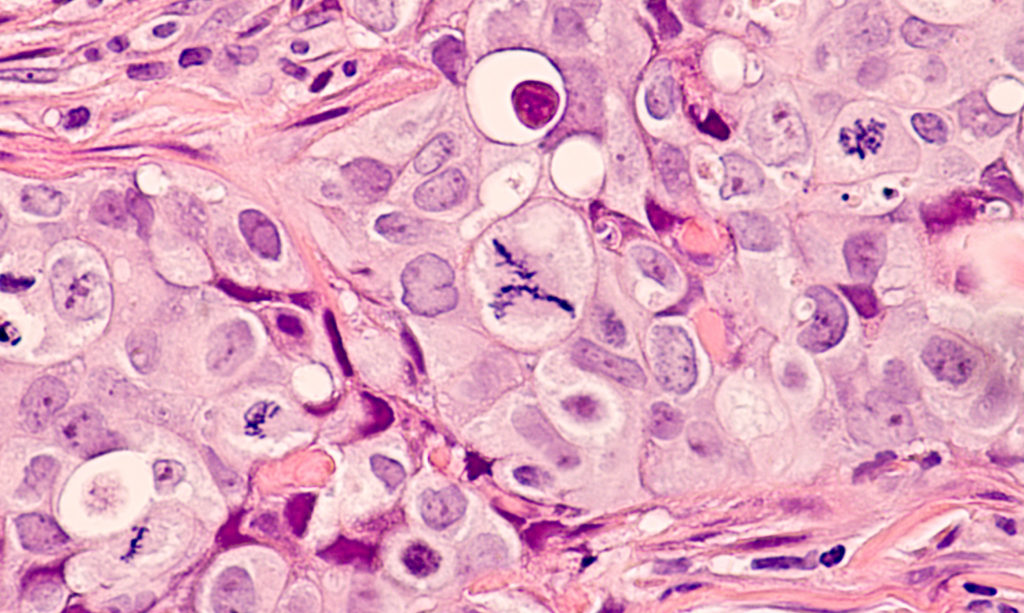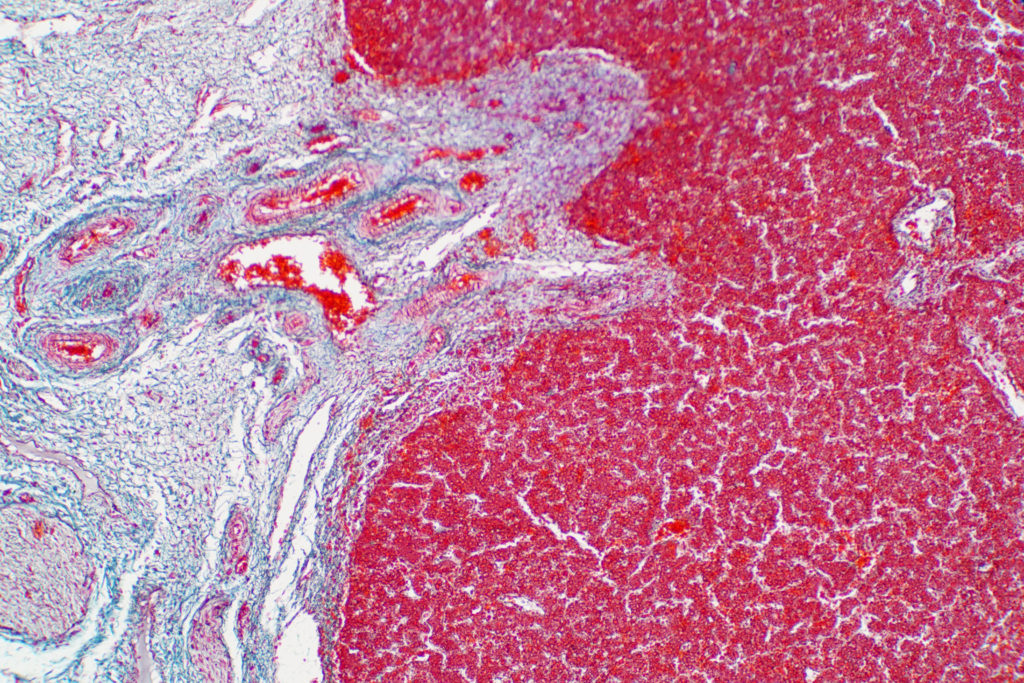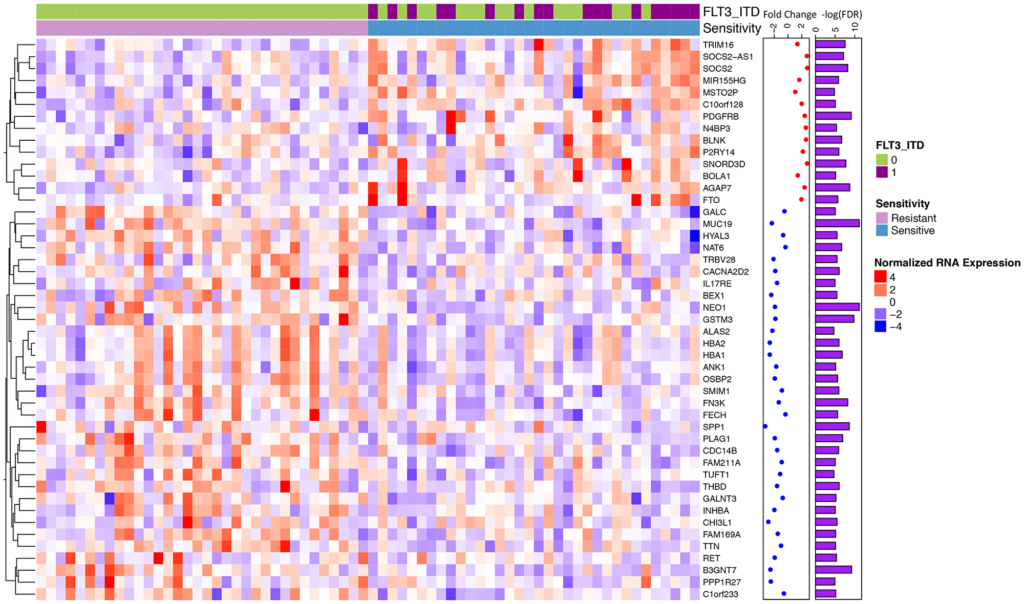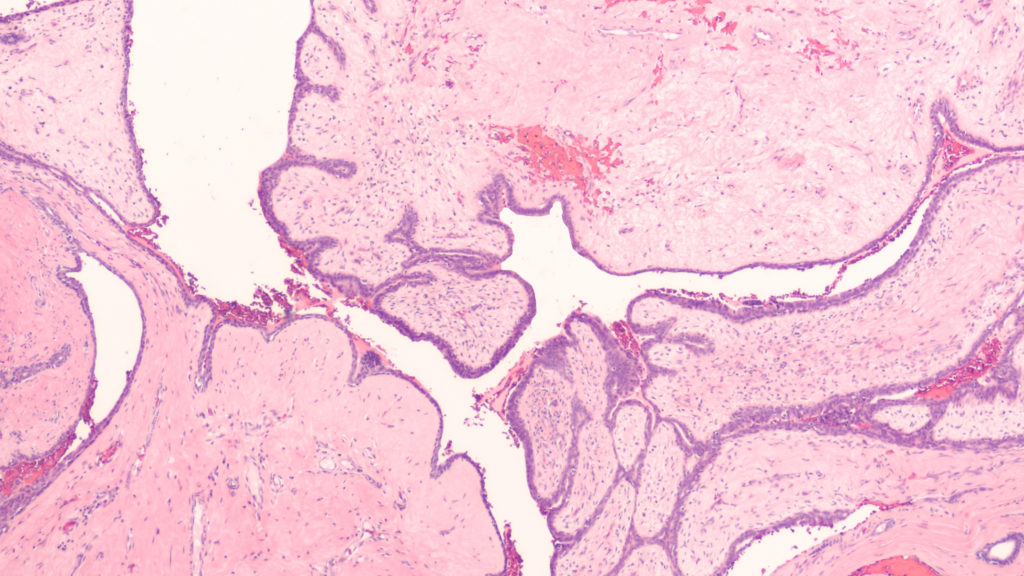A novel therapeutic combination converts anti-proliferative effects in breast cancer cells to pro-apoptotic.

The Trending with Impact series highlights Oncotarget publications attracting higher visibility among readers around the world online, in the news, and on social media—beyond normal readership levels. Look for future science news about the latest trending publications here, and at Oncotarget.com.
—
In the 1990s, Dr. Wafik El-Deiry’s cancer research laboratory discovered a gene that encodes a protein, called death receptor 5, or TRAIL receptor 2. TRAIL is a protein that induces the process of cell death, or apoptosis. This pathway activates the body’s innate immune system and is capable of suppressing cancer cells by inducing apoptosis.
After this discovery, researchers from the same lab considered the notion that increasing the production of TRAIL to enhance the body’s own immune response may have a safe therapeutic benefit in the treatment of cancer. The team searched for small molecules capable of upregulating the TRAIL gene and discovered the therapeutic compound TIC10, also known as ONC201. ONC201 is a well-tolerated drug currently being evaluated in advanced clinical trials for the treatment of various malignant solid tumors, including refractory metastatic breast cancer.
Researchers in Dr. El-Deiry’s laboratory have continued to investigate this drug in order to learn more about how it works, and what tactics or combinations may be used to produce better results for cancer patients. In a 2016 study, the researchers learned that ONC201 produces heterogeneous results in different tumor types.
“The question is, with this specific drug, what is the pattern of response, what determines that, and how can we get it to work a little bit better,” Dr. El-Deiry said in a recent Oncotarget interview.
Based out of Temple University, Fox Chase Cancer Center, Brown University, and the El-Deiry Cancer Research Laboratory, researchers wrote a paper detailing their latest study on ONC201. The paper was published by Oncotarget in 2020 and entitled, “TRAIL receptor agonists convert the response of breast cancer cells to ONC201 from anti-proliferative to apoptotic.”
THE STUDY
Led by first-author Dr. Marie Ralff, the researchers in this study found that ONC201 induces differential responses across various breast cancer tumor subtypes. Few breast cancers are responsive to TRAIL, and one subtype that is responsive to TRAIL is triple-negative breast cancer.
“We saw that in some of these tumor types (the triple-negative breast cancer type in particular) the compound was having a pro-apoptotic effect, and in other [breast cancer] tumor types, it was having an anti-proliferative effect,” said Dr. Ralff.
When comparing in vivo and in vitro results of the drug, the team found that the pro-apoptotic effects translated to efficacy, while the anti-proliferative effects did not. The researchers then decided to investigate strategies to convert breast cancer cell response to ONC201 from anti-proliferative to apoptotic. ONC201 affects two known mechanisms of TRAIL resistance in breast cancer: death receptor 5 and anti-apoptotic proteins. This fact led the researchers to introduce a TRAIL receptor agonist antibody in combination with ONC201.
“If we pretreat TRAIL resistant breast cancer cells with ONC201, the level of surface death receptor 5 goes up and the intracellular levels of anti-apoptotic proteins go down, thereby priming the cells to undergo death through the TRAIL pathway. So, if we then add in a TRAIL receptor agonist, it induces apoptosis in a very potent way,” Dr. Ralff said.
CONCLUSION
“The concept is when cells are treated with the small molecule compound, not a whole lot happens. When cells are treated with TRAIL, not a whole lot happens. When you put them together, it’s like flipping a switch. The cells now undergo potent cell death,” Dr. El-Deiry said.
The potential efficacy of this therapeutic combination was strengthened by results in the study showing that ONC201 paired with the TRAIL receptor agonist antibodies is non-toxic to fibroblasts. The researchers also showed that the natural killer cells are only active against the breast cancer cells that have been exposed to ONC201. In vivo studies reaffirmed the safety of this combination in mouse models.
Click here to read the full research study, published by Oncotarget.
—
Oncotarget is a unique platform designed to house scientific studies in a journal format that is available for anyone to read—without a paywall making access more difficult. This means information that has the potential to benefit our societies from the inside out can be shared with friends, neighbors, colleagues, and other researchers, far and wide.
For media inquiries, please contact media@impactjournals.com.











